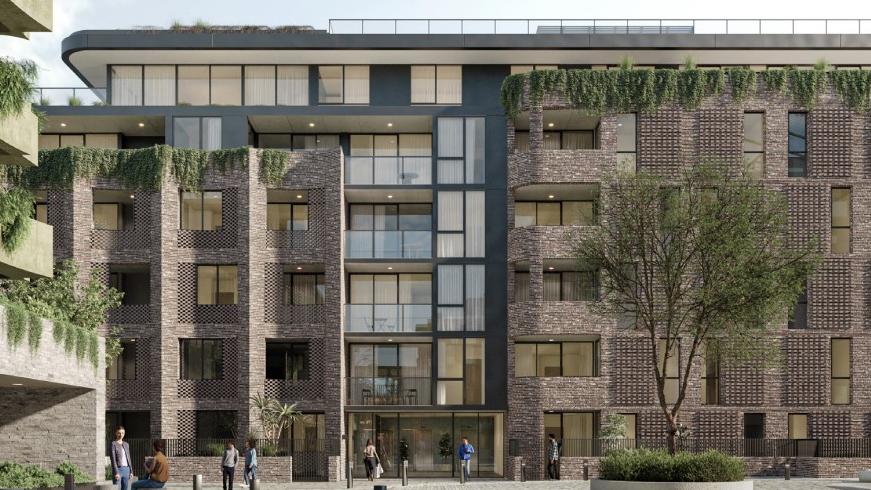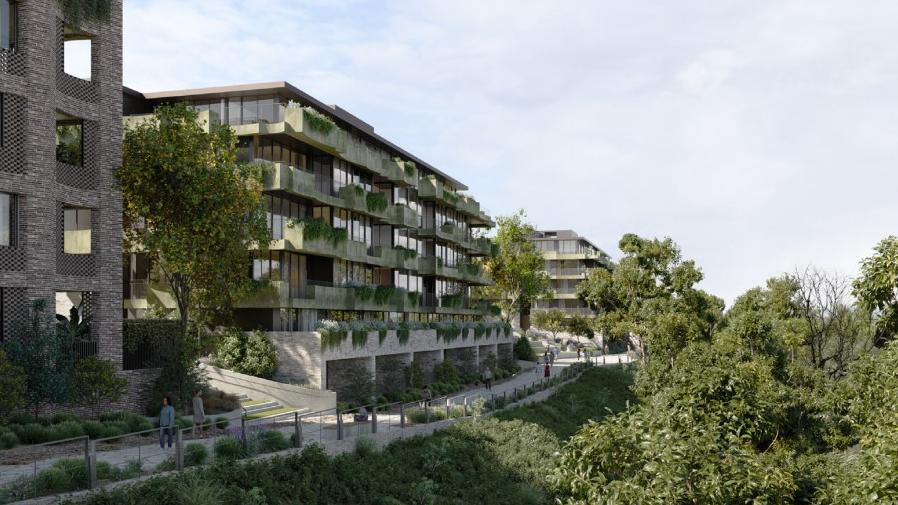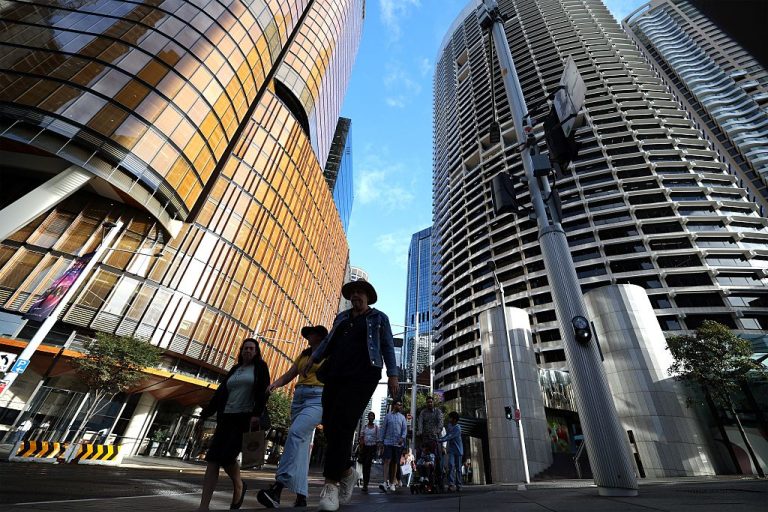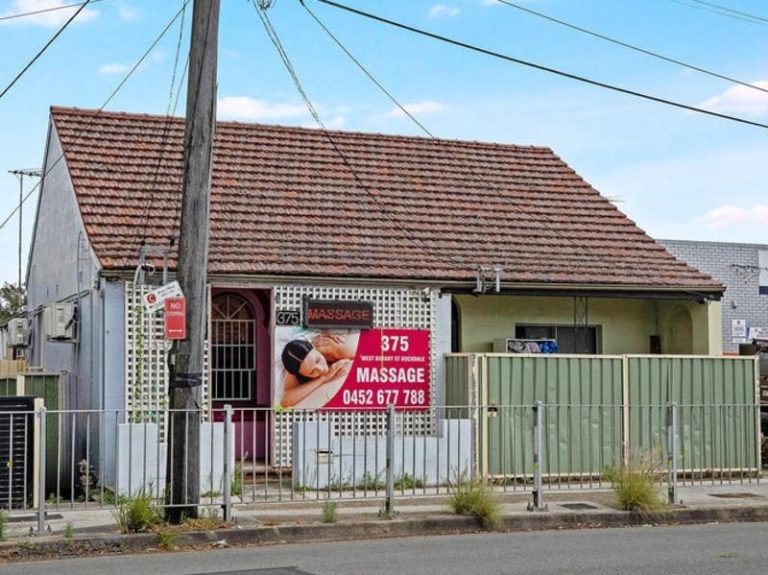$32m Mill deal reveals major players interest in Geelong

Geelong developer Hamilton Group has paid more than $32m in an unconditional deal to secure the former woollen mill development site at 403 Pakington St, Newtown.
Deep interest in a landmark riverbank property demonstrates Geelong’s growing maturity as a market in the eyes of major property players, the agents handing the sale revealed.
Geelong’s Hamilton Group paid more than $32m for the 29,280sq m Newtown property at 403 Pakington St, which had a developable net saleable area of 42,757sq m, and a mixed use permit already in place.
The campaign drew interest from potential suitors across Geelong, nationally and internationally.
RELATED: Geelong’s industrial heart beating for new businesses
Vic churches that are ready for conversion
$130m Geelong village to build 195 homes for downsizers
The permit allows for the construction of 314 apartments, 29 townhouses, as well as commercial and retail spaces.
But Hamilton Group managing director Cam Hamilton revealed a new vision for the site, pivoting to a commercial use for the existing historic mill building, focusing on retail, hospitality and office use, and pushing ahead with the four or five seven-storey apartment blocks on the remainder of the land.
The new vision would include up to about 150 apartments, he said, less than half offered in the approved plan, which would be a blow to chasing Geelong’s near 2051 housing target of around 130,000 homes.

The 29,280sq m former woollen mill site has been earmarked for a retail, hospital and office development respecting the building’s heritage, with several seven-storey apartment towers to come later on the balance of the land.
The sale was negotiated by Oliver Hay, Hamish Burgess, Joe Kairouz and Leon Ma of Cushman & Wakefield on behalf of a private investor who has held the assets for decades.
Mr Hay reported strong interest from residential developers, retirement and aged care providers and medium-term investors.
“This transaction underlines the strength and maturity of Geelong’s property market,” Mr Hay said.
“We received strong interest nationally and internationally, but the fact a local buyer emerged successful reflects deep local confidence.”
Mr Hay said major players were more confident about investing in Geelong as the local economy grew and diversified.
“What we experienced was institutional, local, offshore developers who look at Geelong as a viable market now,” he said.
“We had good bidding depth at that level and that shows a kind of a market that’s maturing.
“If you had done that five years ago or three years ago, I don’t think you would have the same kind of confidence for a ticket size that big.”

The site gained the attention of national and international players, including retirement living, developers and medium-term investors.
Mr Hay said the region’s growth, particularly its median house prices, had drawn eyes to Geelong.
“That was the best part of Geelong and people are seeing there’s multiple uses there as well, like retirement land lease communities are popular around that area.”
Mr Burgess said it’s uncommon to see a site of this size and with such comprehensive approvals come to market.
“The sale, which was unconditional immediately after the campaign closed, demonstrates continued demand for well-located, development-ready land in regional centres,” he said.
The transformation in Newtown 19th century former industrial heart is emblematic of Geelong’s economic diversification, powered by population growth, KPMG urban economist Terry Rawnsley said.
New data shows people relocating from capital cities to live in Geelong was the biggest portion of the region’s population growth.

The total number of new homes to emerge from the site is expected to drop from more than 300 to less than 150 under the revised plans.
Healthcare is Geelong’s biggest employment sector, with 30,000 workers from doctors, nurses to NDIS workers and aged care, now representing 17 per cent of the workforce.
And Geelong’s industrial base has increased, as manufacturing jobs represented 9 per cent of the region’s workforce.
But the biggest growing industry in the past 12 months was accommodation and food services, while jobs ads for professionals and services doubled between 2019 and 2024.
“That’s reflecting that growing population (in Geelong),” Mr Rawnsley said, speaking at a UDIA function in Geelong this week.
“It’s also reflecting more money coming out of households as tax cuts came through – people saw interest rates cuts on the horizon.
“There’s a real private sector renaissance coming through in Geelong.”







